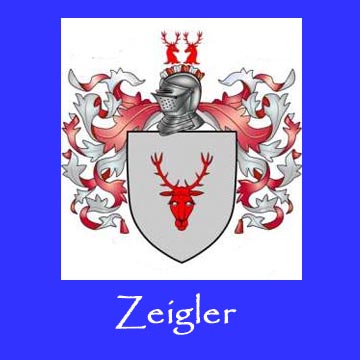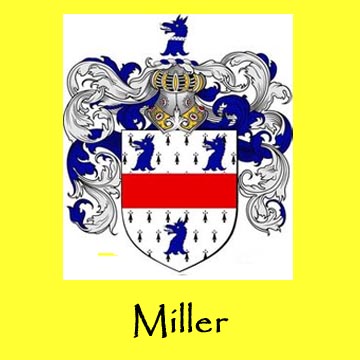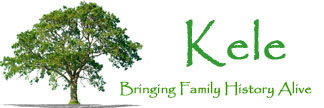


The Pilgrims laid the foundation for the settlement of our nation.
Settling at Plymouth
After sending an exploring party ashore, the Mayflower landed at what they would call Plymouth Harbor, on the western side of Cape Cod Bay, in mid-December. During the next several months, the settlers lived mostly on the Mayflower and ferried back and forth from shore to build their new storage and living quarters. The settlement’s first fort and watchtower was built on what is now known as Burial Hill (the area contains the graves of Bradford and other original settlers).
More than half of the English settlers died during that first winter, as a result of poor nutrition and housing that proved inadequate in the harsh weather. Leaders such as Bradford, Standish, John Carver, William Brewster and Edward Winslow played important roles in keeping the remaining settlers together. In April 1621, after the death of the settlement’s first governor, John Carver, Bradford was unanimously chosen to hold that position; he would be reelected 30 times and served as governor of Plymouth for all but five years until 1656.
The First Thanksgiving
Bettmann Archive/Getty Images

